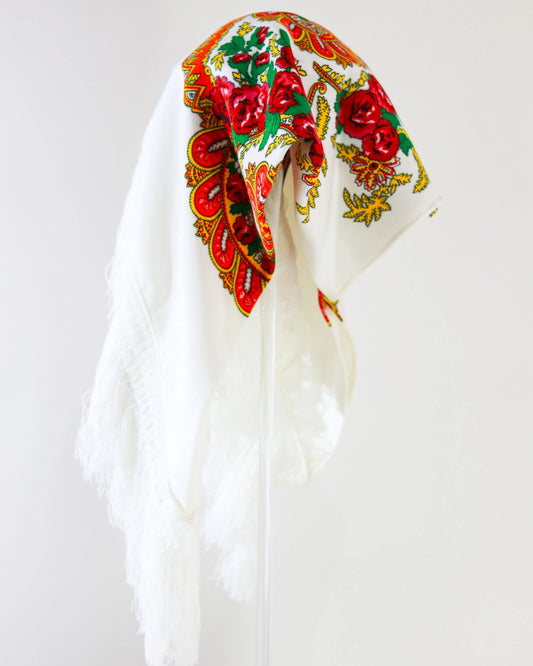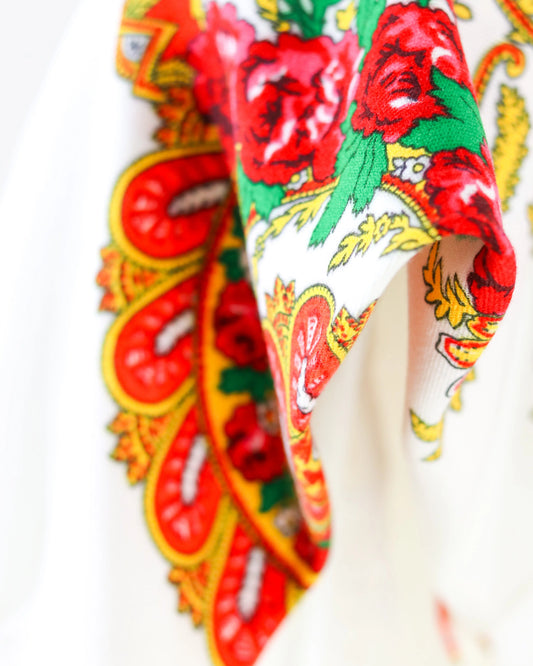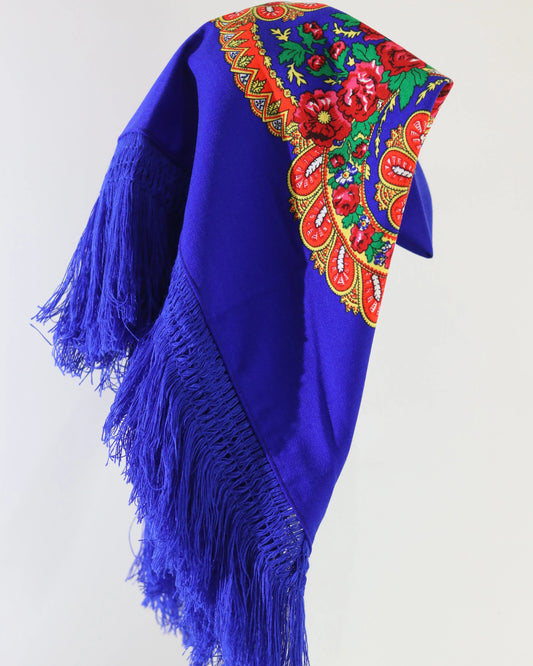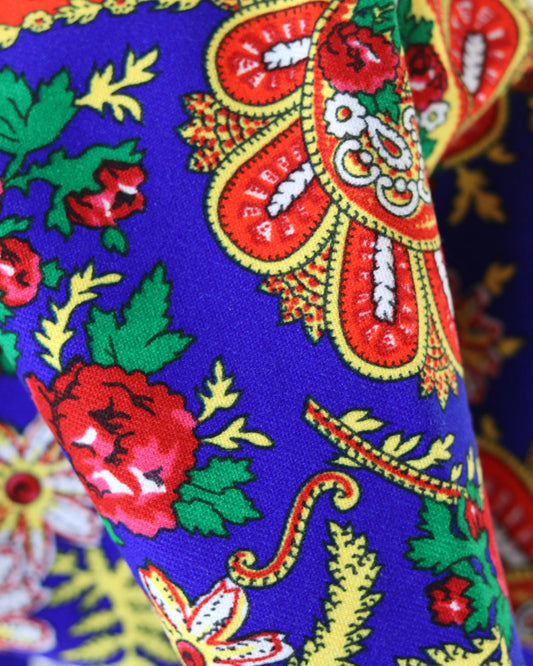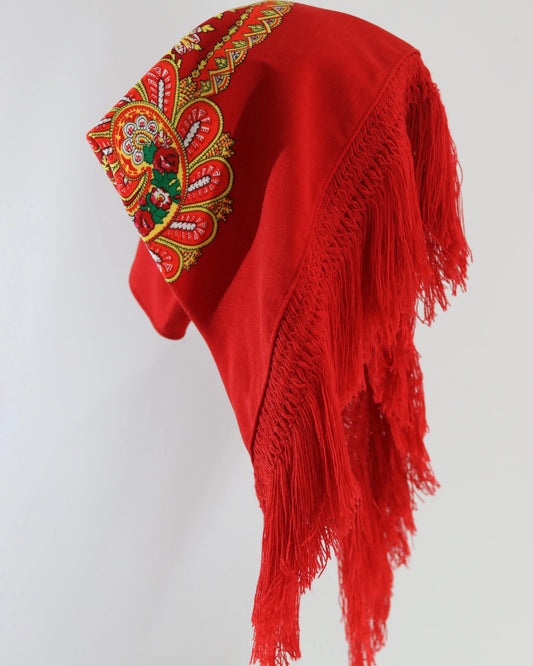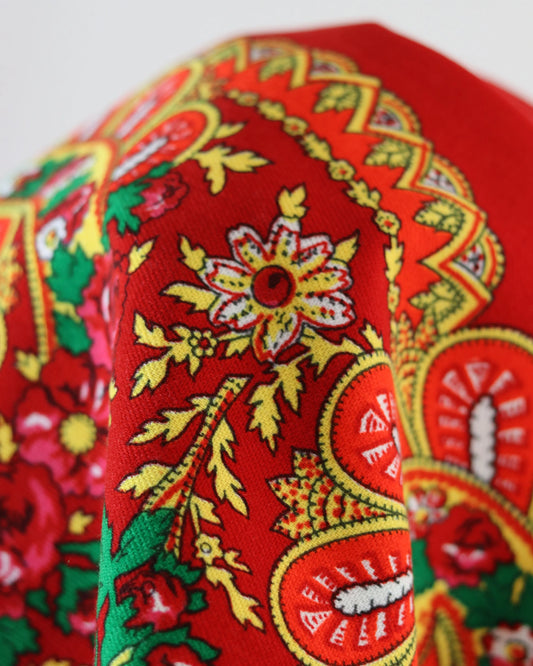Tradition: salt carpets of Senhora d'Agonia
At dawn, near Lima, there's a moment when the breeze smells of sea and paint, and the city has been awake since the night before. People of all ages kneel in entire streets, their fingers dyed, their voices low, their eyes intent on a pattern traced on the ground. Salt carpets are being created. Ephemeral, stark, full of color. They last for hours, remaining forever in the memory of those who saw them.
A tradition with deep roots in the Atlantic
The salt carpets associated with the devotion to Our Lady of Agony grew hand in hand with the sea. Viana do Castelo finds this festival its greatest showcase, inherited from communities that have always watched the tides as if reading a calendar. The tribute to fishermen, families, and faith took shape, starting in the mid-20th century, in these ephemeral compositions that occupy entire streets along the riverfront.
There are connections to ancient decorative practices, in which streets were adorned with flowers, leaves, and colored sawdust. Salt joined the repertoire because it was accessible, uniform in grain size, easily colored, and deeply connected to coastal life. The festival used natural, almost inevitable raw materials, and local imagination did the rest.
Today, the carpets are a highlight. With each edition, new themes emerge, classic motifs are reinvented, palettes are experimented with. And yet, there's a fidelity to the original spirit: it's a collective work, created for the passage of a procession that honors the sea and the faith of a city.
How a salt carpet is born
The process begins weeks in advance. Teams assemble, designs are refined, bags are counted. Those who pass by the streets very early on the scheduled day only see the final phase. But behind all the colorful action lies a finely tuned choreography.
- Salt collection and preparation
- Selection of dry, fine-grained, stable salt
- Storage in a ventilated place
- Paints and pigments
- Food anilines or water-soluble pigments
- Preliminary tests to confirm intensity and stability
- Tools
- Sieves and strainers with different mesh sizes
- Funnels, spoons, spouted cups
- Cut-out templates, cards and acetates
- Infrastructure
- Paper or fabric linings where needed
- Protective barriers and tapes to maintain distance from the public
- Lighting for night work
The night before, the base of the motif is drawn on the floor with chalk or charcoal. In more delicate areas, molds are used, allowing for precise repetition of elements such as hearts, anchors, flowers, and rosettes. The salt, already colored and completely dry, is applied in layers. First, the outlines, to prevent color bleeding. Then, the wider areas, always with a light hand, as if painting with sand.
There are tricks passed down from generation to generation. Spray with very thin water to set it, but only at the end. Use newspaper under the densest areas to make removal easier. Organize an assembly line, with each person responsible for a color or shape.
Shapes that tell stories
The rugs almost always bear the mark of the sea. Boats, nets, fish, anchors, stars, compasses, and the heart of Viana with its arabesques can be seen. Religious devotion intersects with Minho aesthetics and a certain graphic elegance that stands out in itself.
There's no shortage of colors. And they're not chosen at random. Many groups follow an informal symbology that helps interpret each composition.
| Color | Suggested meaning | Frequent use |
|---|---|---|
| Blue | Sea, sky, devotion, trust | Waves, boat contours, backgrounds |
| White | Purity, light, party | Highlights, lyrics, sacred elements |
| Red | Life, protection, community | Hearts, flowers, centerpieces |
| Green | Hope, land, renewal | Foliage, frames |
| Yellow | Sun, joy, harvest | Rays, stars, highlight elements |
| Black | Strength, frontier, depth | Shadows, lines, fine contours |
This language isn't rigid. Each team has its own palette and taste. Some prefer almost minimalist graphic compositions, others fill the ground with elaborate details. The important thing is balance. As the procession passes, the eye crosses colors and symbols, and the street becomes an illustrated page that can be read on the go.
Hands that work, voices that guide
Behind every rug lies an entire community: street committees, neighborhood associations, schools, scouts, youth groups, artisans, neighbors who, even when pressed for time, arrive with a thermos of coffee and an extra bag of salt.
The logistics are demanding. Coordinating dozens of people at dawn, managing materials, maintaining the safety of the routes, and protecting the pieces from the wind and the curiosity of visitors is a lot of work. There are cleaning crews ready to intervene if a bottle falls. There are people responsible for the pigments, the molds, the tracery, and the filling.
The result isn't just a beautiful carpet. It's a testament to the ability to create something complex, collaborative, and demanding in just a few hours, with rigor and joy. Participants speak of routine and nerves, but also of an inexplicable pride. At dawn, fatigue doesn't weigh heavily. What weighs is the light striking the colors, the street ready, the silence before the procession's steps.
Technical quality that can be seen from afar
From design to execution, everything requires method. An uneven rug loses readability at a distance. Therefore:
- An invisible grid is defined, with measurements marked on the floor
- Pigment blends are tested to prevent fading
- Reinforce transitions with white salt lines
- Different sieves are used for different textures
- The humidity of the salt is controlled so that it does not become caked.
There's also a durability consideration. The rug must remain intact until it's used. After that, each footprint is embraced as part of the work. It's a material destined to disappear, which reinforces its aesthetic and emotional impact.
Ephemerality that does not forget
Nothing remains to be saved. Photographs and accounts are the material memory. The rest lives in the minds and bodies of those who were there. This awareness gives urgency to the gesture. There's no dress rehearsal. What you do, you do once. If the color is less vibrant, you live with it. If a gust of wind shifted an edge, it adjusts. And it moves on.
Transience fuels creativity. It motivates bolder arrangements, bolder palettes, and details we might not risk in another context. Curiously, what disappears invites care. It's because we know it will end that we pay more attention.
When to see and how to get there
The festival's calendar is concentrated every year in mid-August. The schedule may vary, but the dawn of the carpets usually precedes the procession associated with the sea. The city dresses in costume, toccatas are performed, facades are decorated with quilts, and the streets prepare to welcome thousands of people.
- Arrive by train
- Minho Line, with a stop in Viana do Castelo
- From the station to the historic center it is just a few minutes walk
- Arriving by car
- A28, with several exits to the city
- Peripheral parking recommended on big days
- On foot through the city
- Compact and flat center
- Temporary signage guiding flows
Planning ahead makes a difference. Booking accommodations downtown gives you easy access to the carpet streets before dawn. If you prefer to sleep nearby, check schedules and transportation availability.
Attentive visitor etiquette
Seeing things up close is a privilege that requires care. A few simple rules ensure everyone enjoys them without ruining anyone else's work.
- Do not step on the carpets before the official handover
- Avoid placing objects against barriers and tapes
- Do not eat near the trains
- Not taking “a sample” of salt home
- Ask before using a tripod or occupying the road
- Take care of waste and use bins
Fascinated children ask excellent questions. It's worth bringing them closer to the process, explaining what a mold is, and letting them see the hand dropping the salt through the funnel. Heritage education begins here, on the street.
Photography that respects the work
The most interesting images often emerge from a good understanding of the space. Low morning light favors colors, and a high vantage point helps show the extent of the carpets. A polarizer can saturate tones, and manual focus prevents the lens from tossing and turning between grain and contour.
Some helpful ideas:
- Shooting from the side to accentuate relief
- Looking for reflections in shop windows and puddles after a little downpour
- Include hands in the work to create scale
- Capturing the transition between the intact carpet and the first steps of the procession
It's worth remembering that teams are focused. A smile opens doors, but execution is the priority. If you want portraits, ask permission and pay attention to the signs.
Sustainability, from pigment to bucket
Environmental awareness has gained momentum in recent years. Working with salt may seem innocuous, but some decisions have an impact.
- Choosing safe, non-toxic pigments
- Reuse uncontaminated white salt when possible
- Reduce the use of disposable plastics in tools
- Protecting gutters to prevent colored water from running directly into the drains
- Planning to minimize waste from over-mixing
Organizers and street teams have been introducing improvements. Each edition serves as a testbed for solutions. The goal is to maintain the event's beauty and reduce the footprint, without compromising safety or visual quality.
Behind the scenes: from sketch to budget
Anyone who's never organized a rug might imagine a haphazard process. That's not the case. It involves spreadsheets, lists, deadlines, purchases, donations, and color tests.
A simple roadmap for an association that wants to participate:
- Set theme and visual style
- Measure the street section and calculate quantities
- Testing colors on small samples
- Creating durable molds for repeating motifs
- Distribute tasks into shifts
- Prepare a contingency kit for rain and wind
- Coordinate with the larger organization for schedules and logistics
A basic materials estimate for 10 meters of carpet might include tens of kilograms of salt per color, 6 to 8 main colors, floor protection material, containers, markers, tape, and portable lighting. The budget varies depending on the scale and ambition of the design, but community participation mitigates costs and increases workforce.
Tradition, craftsmanship and open-air design
It's not just decoration. There's technique, aesthetic research, and design solutions adapted to the medium. Working on the floor requires considering distance reading, the flow of people, and temporary resistance. Tradition provides the grammar, craftsmanship ensures execution, and design balances form and function.
Over the years, teams with recognizable signatures have emerged. Some prefer clean geometries, bold lines, and high contrast. Others opt for filigree details, creating a more baroque vibe. The coexistence of these styles is beneficial for the party. It maintains interest, stimulates dialogue, and enhances collective quality.
People of all ages
Carpets are an open-air school. Younger students learn planning, teamwork, and patience. Older students share simple, almost scientific tricks, mastered by eye. And there are always those who fall in love with the process and stay for years to come.
Seeing three generations side by side, on the same street, sharing colors and laughter, is as valuable as the result. Salt sticks to your fingers, but what truly sticks is the bond to a place and a way of doing things.
The moment of the procession
As the music approaches, our hearts beat faster. The impeccable street will receive footsteps, floats, costumes, promises. The carpet fulfills its purpose. What was once just an image becomes a path. Colors respond to the light, shapes dissolve under the slow march, and there is a beauty in this fading. It's not a loss. It's a fulfillment.
After the procession, the teams breathe. The brooms, the bags, the normality arrive. The echo remains. The eyes of those who saw it remain.
Living heritage
The salt carpets, linked to Our Lady of Agony, are heritage in the strongest sense of the word: they inhabit practices, gestures, songs, a certain way of being. They are not a museum object, closed and untouchable. They are a tradition in motion, with room for innovation and the entry of those who are new.
Contemporary creative proposals coexist with the popular matrix. The festival welcomes these variations when they arise from respect and understanding of the context. And the community recognizes the value of maintaining a common foundation: the ground as a canvas, salt as pigment, the street as a stage.
Useful tips for those who want to get their hands on salt
- Practice applying with homemade funnels to gain consistency.
- Work from the center outwards in large areas.
- Reserve one person just for contouring, another for shadows
- Have damp cloths handy to clean up smudges immediately.
- Protect the design from wind with low barriers
- Plan short breaks to rest your eyes
- Leave a safety margin on each side for passage.
Small operational decisions prevent big problems. Discipline at the beginning unlocks creativity in critical moments.
What to see beyond the rugs
The city offers plenty to round out the day. The funicular to Santa Luzia offers sweeping views, the historic center invites long strolls, and filigree craftsmanship is open to the public. The cuisine offers comfort after long nights, with fresh fish and recipes that speak the language of the sea.
If you stay longer, the north coast has Atlantic beaches with a strong character and trails to explore at your leisure. And the river, always the river, balances the whole thing.
Practical guide for attentive visiting
- Confirm dates in the official program and arrive early in the morning to see the performance.
- Wear comfortable, discreet clothing with light shoes.
- Bring water and a light jacket for initial freshness.
- Using public transport when possible
- Respect the instructions of the organization and street teams
- Buy from local producers and artisans to support the festival economy
- Share images identifying the city and tradition, with contextual information
Those who follow these guidelines enjoy a richer experience and help keep the tradition strong and beautiful. The city is grateful, and the carpets shine even brighter for a few hours.

